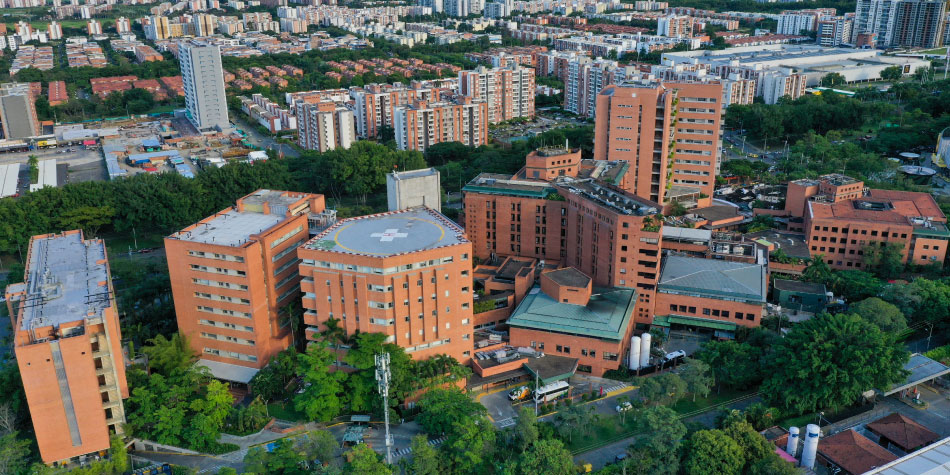FDA approves brain implant that reduces Parkinson's symptoms: it could be coming to Colombia.

The U.S. Food and Drug Administration (FDA) recently approved the "First Adaptive" system, marking a revolutionary advance in the treatment of Parkinson's disease using adaptive deep brain stimulation (aDBS). This cutting-edge device not only responds to brain activity in real time, but can now also anticipate symptoms, thanks to deep learning algorithms.
This new, surgically implanted deep brain stimulation device seeks to alleviate symptoms such as tremors and rigidity by dynamically adapting to each patient's needs. Although it does not completely eliminate the effects of Parkinson's, it makes them significantly more manageable, improving the quality of life of those who receive it.

A lack of dopamine causes stiffness, tremors, and slowness of movement. Photo: iStock
Cleveland Clinic neurologist Dr. Tarranum Khan explained that the system has demonstrated 82% efficacy in motor control, surpassing the 75% of conventional aDBS, and has reduced side effects by 50% compared to previous technologies. Furthermore, battery life has increased by 40%, reducing the need for replacement surgery.
One of the first beneficiaries of the First Adaptive system is Rand Laycock, an orchestra conductor diagnosed with Parkinson's disease 11 years ago. Unable to control his symptoms with medication alone, he underwent surgery at the Cleveland Clinic, where the new device was implanted. He experienced immediate relief and was able to return to his passion: music. "Now I can focus more on music and less on my symptoms," Laycock said.
What are the symptoms of Parkinson's? Dr. Khan also emphasized that Parkinson's symptoms vary from person to person and that the disease presents uniquely in each case. She mentioned that the "triad" of core symptoms includes:
- Tremor: usually at rest, such as the characteristic “pill-rolling tremor” in the fingers.
- Bradykinesia/Hypokinesia: slowness of movement, difficulty initiating everyday activities such as getting up from a chair.
- Rigidity: Muscle tension that prevents natural movements such as swinging your arms while walking.
In addition, he highlighted the existence of non-motor symptoms, such as depression, sleep disorders, hallucinations, cognitive changes, constipation, low voice, micrographia (small handwriting), and an expressionless face, known as "masked facies."

Common symptoms of Parkinson's include stiffness and slowness of movement, among others. Photo: iStock
In Latin America, where more than 580,000 cases of Parkinson's are estimated according to the PAHO, this innovation represents tangible hope. Mexico and Colombia are the countries with the greatest potential for implementing this technology.
Colombia could do so within two to three years thanks to its flexible regulatory framework through Invima (National Institute of Medical Research) and medical alliances with institutions such as the Valle del Lili Foundation.

Valle del Lili Foundation Photo: Valle se Atreve
Mexico, for its part, projects its adoption in three to four years, depending on approval by Cofepris and the training of professionals. Cleveland Clinic is working with institutions in both countries to accelerate the training and implementation processes. “Our goal is to close the technological gap as quickly as possible,” concluded Dr. Khan.
Looking ahead, these devices are expected to incorporate generative artificial intelligence by 2030 and expand to treat other neurological conditions such as epilepsy and resistant depression. However, the immediate challenge will be ensuring equitable access and developing the necessary medical infrastructure so that more patients in the region can benefit from these transformative technologies.
Environment and Health Journalist
eltiempo




